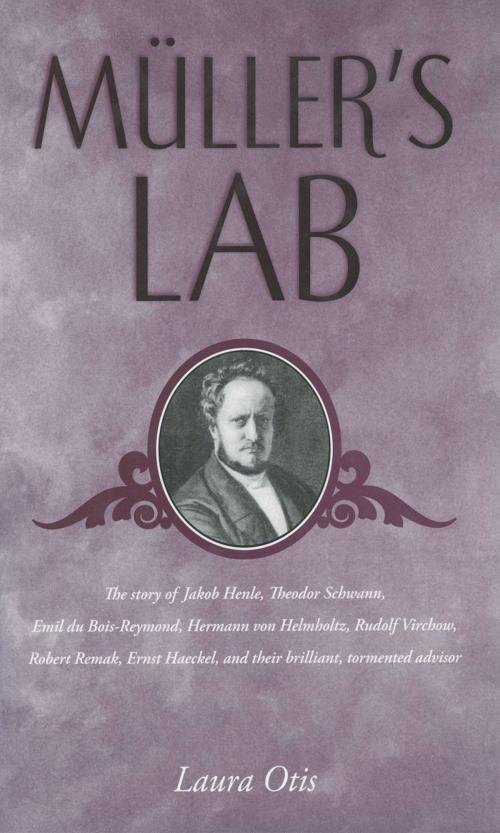Müller's Lab
Nonfiction, Health & Well Being, Medical, Specialties, Internal Medicine, Neuroscience, Reference, History| Author: | Laura Otis | ISBN: | 9780190294502 |
| Publisher: | Oxford University Press | Publication: | April 5, 2007 |
| Imprint: | Oxford University Press | Language: | English |
| Author: | Laura Otis |
| ISBN: | 9780190294502 |
| Publisher: | Oxford University Press |
| Publication: | April 5, 2007 |
| Imprint: | Oxford University Press |
| Language: | English |
Many structures in the human body are named after Johannes Muller, one of the most respected anatomists and physiologists of the 19th century. Muller taught many of the leading scientists of his age, many of whom would go on to make trail-blazing discoveries of their own. Among them were Theodor Schwann, who demonstrated that all animals are made of cells; Hermann Helmholtz, who measured the velocity of nerve impulses; and Rudolf Virchow, who convinced doctors to think of disease at the cellular level. This book tells Muller's story by interweaving it with those of seven of his most famous students. Muller suffered from depression and insomnia at the same time as he was doing his most important scientific work, and may have committed suicide at age 56. Like Muller, his most prominent students faced personal and social challenges as they practiced cutting-edge science. Virchow was fired for his political activism, Jakob Henle was jailed for membership in a dueling society, and Robert Remak was barred from Prussian universities for refusing to renounce his Orthodox Judaism. By recounting these stories, Muller's Lab explores the ways in which personal life can affect scientists' professional choices, and consequently affect the great discoveries they make.
Many structures in the human body are named after Johannes Muller, one of the most respected anatomists and physiologists of the 19th century. Muller taught many of the leading scientists of his age, many of whom would go on to make trail-blazing discoveries of their own. Among them were Theodor Schwann, who demonstrated that all animals are made of cells; Hermann Helmholtz, who measured the velocity of nerve impulses; and Rudolf Virchow, who convinced doctors to think of disease at the cellular level. This book tells Muller's story by interweaving it with those of seven of his most famous students. Muller suffered from depression and insomnia at the same time as he was doing his most important scientific work, and may have committed suicide at age 56. Like Muller, his most prominent students faced personal and social challenges as they practiced cutting-edge science. Virchow was fired for his political activism, Jakob Henle was jailed for membership in a dueling society, and Robert Remak was barred from Prussian universities for refusing to renounce his Orthodox Judaism. By recounting these stories, Muller's Lab explores the ways in which personal life can affect scientists' professional choices, and consequently affect the great discoveries they make.















